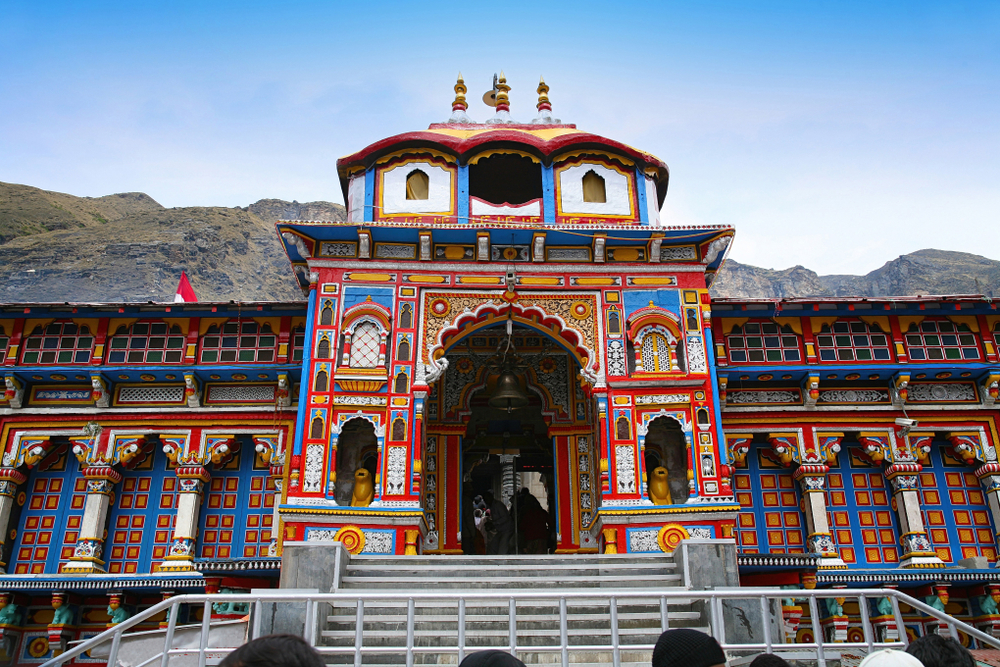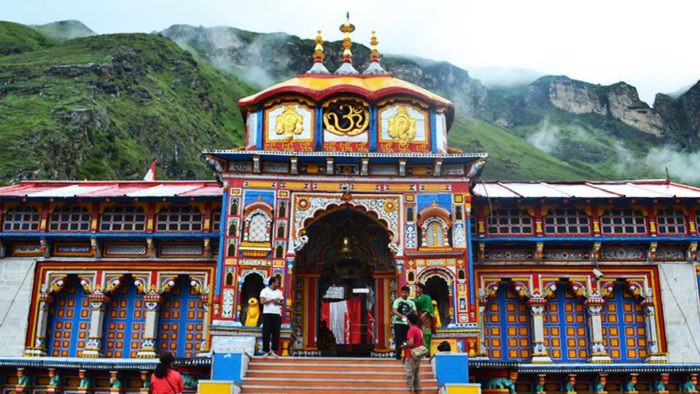Badrinath Yatra Tour Package 02 Night | 03 Days Ex. Haridwar
Book Now
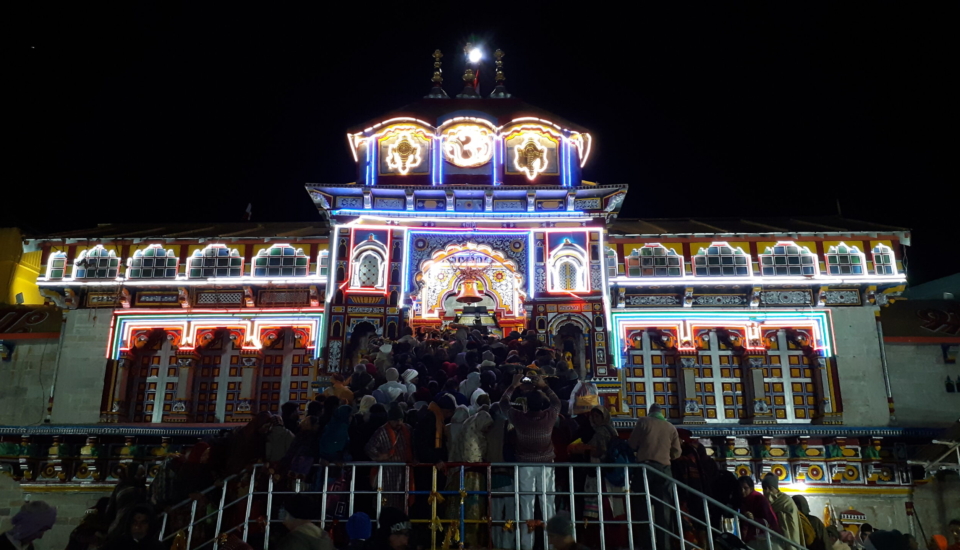

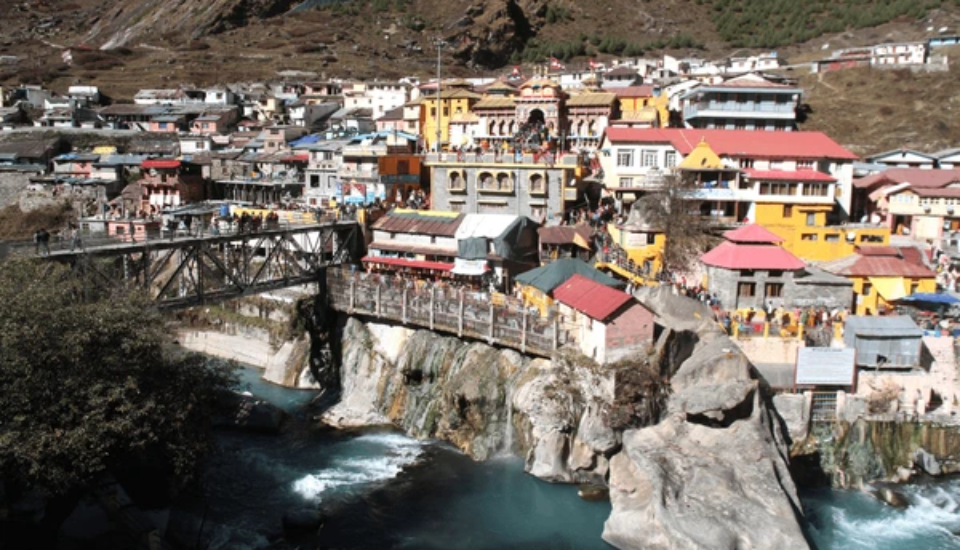
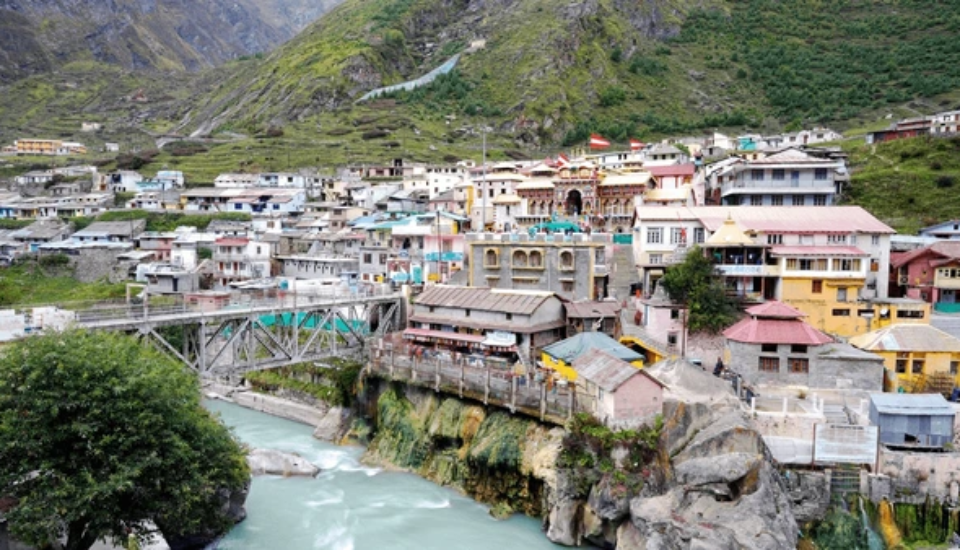
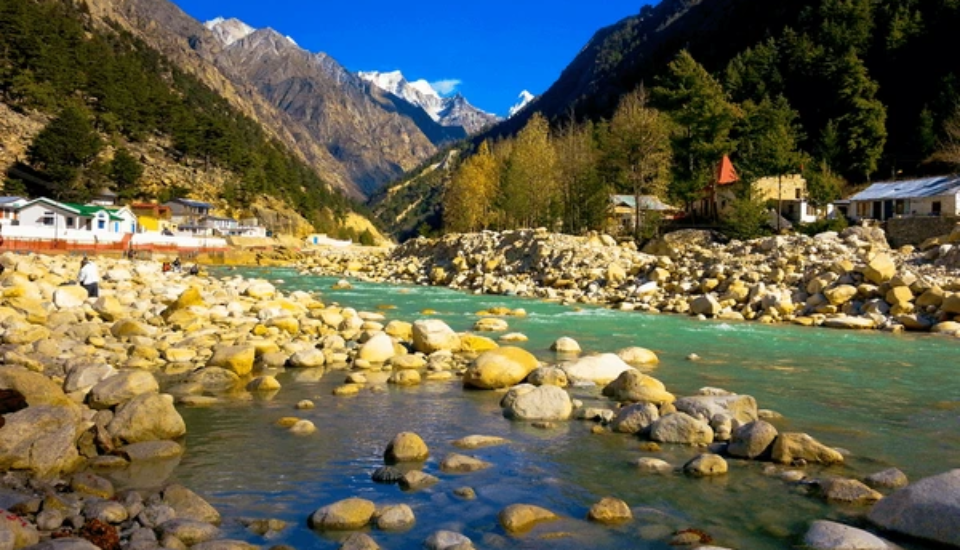
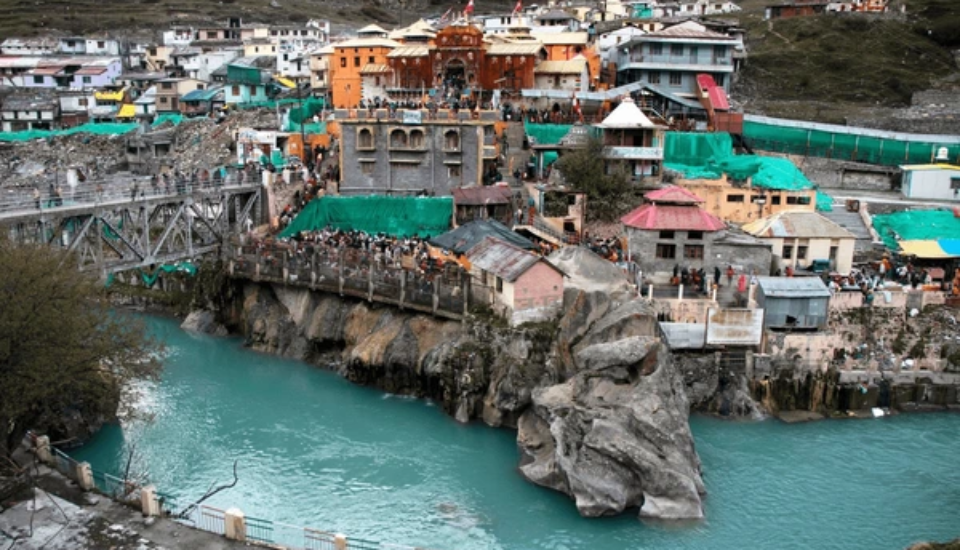
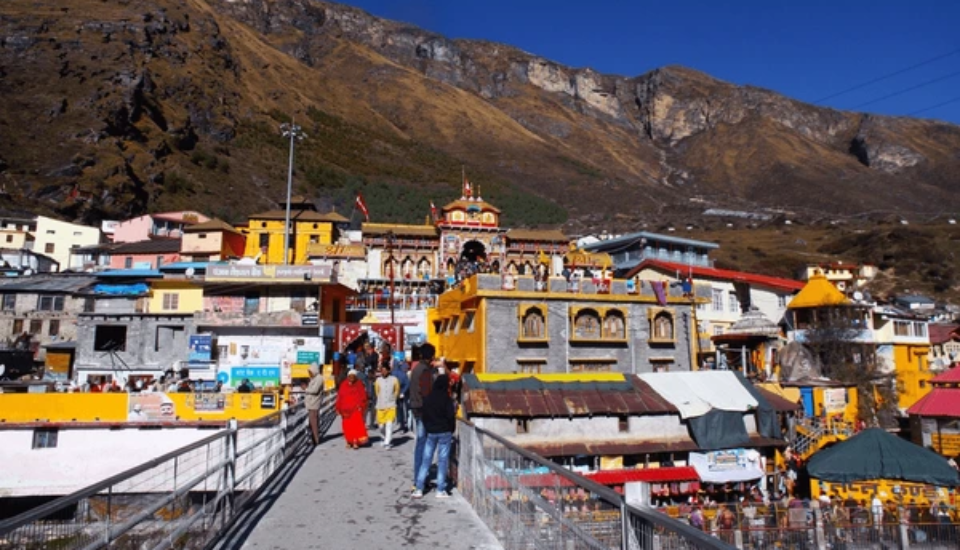
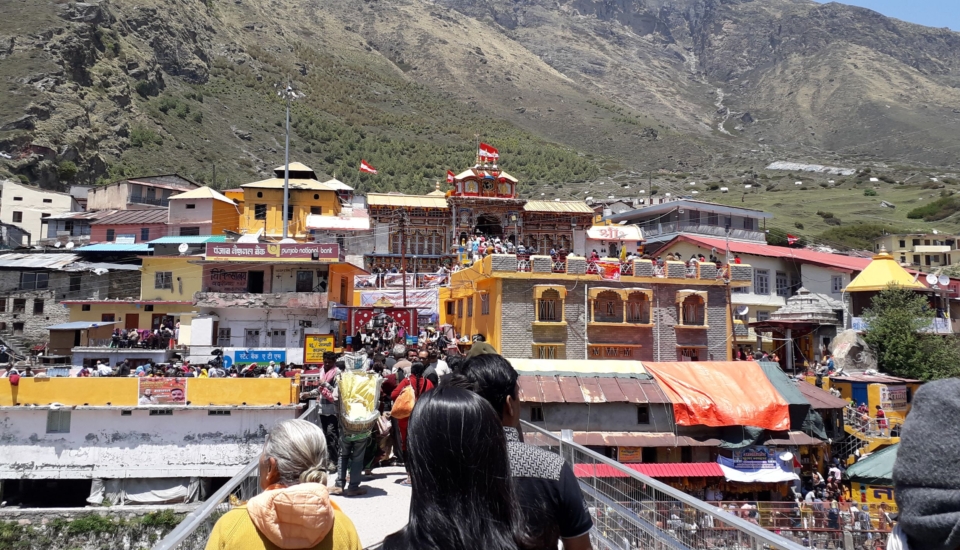

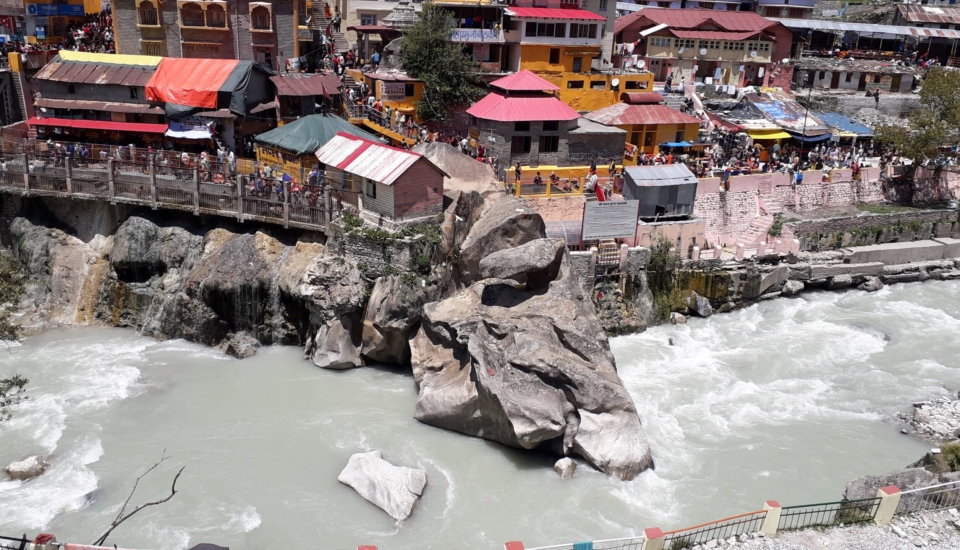
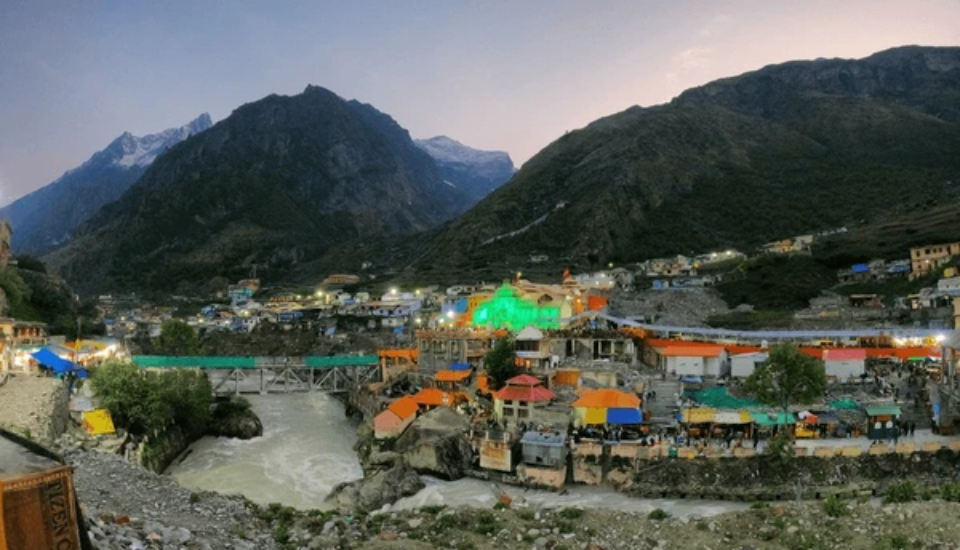


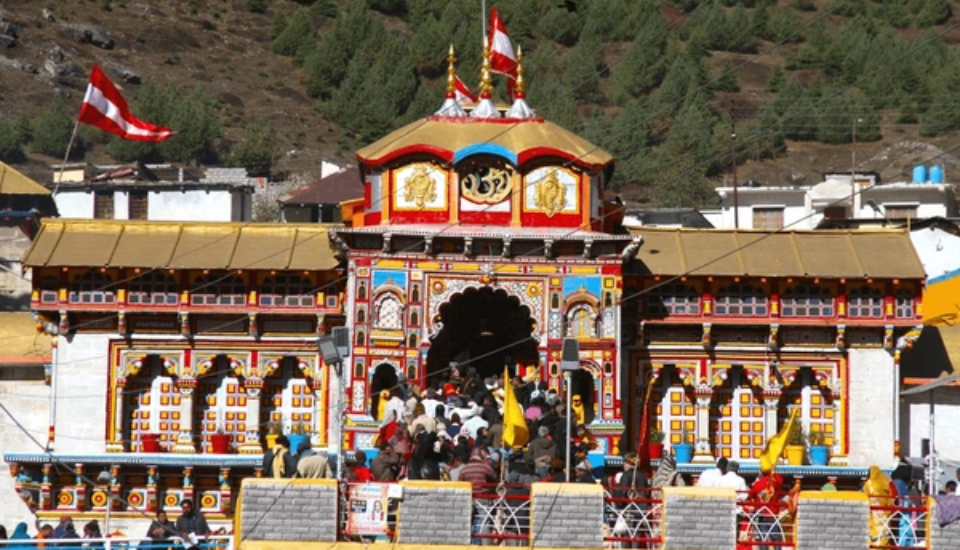
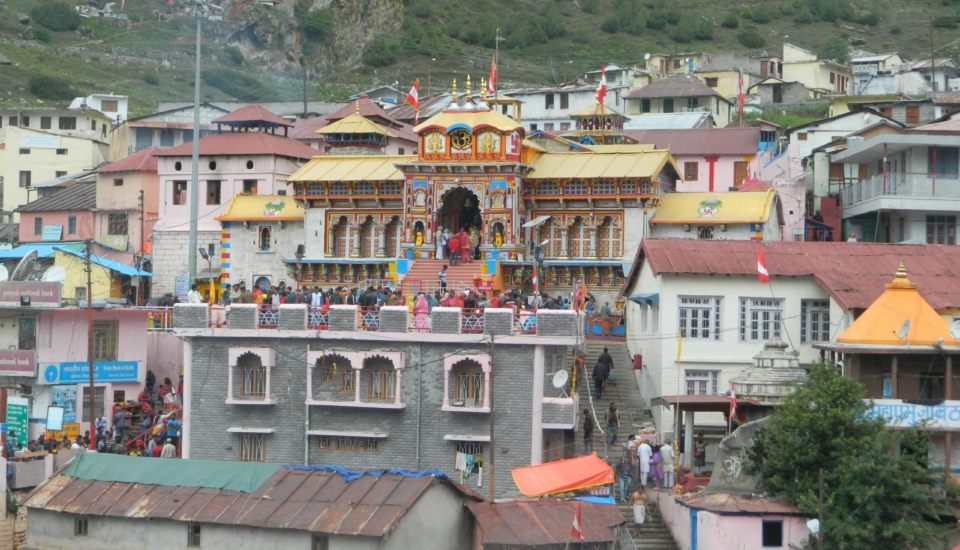
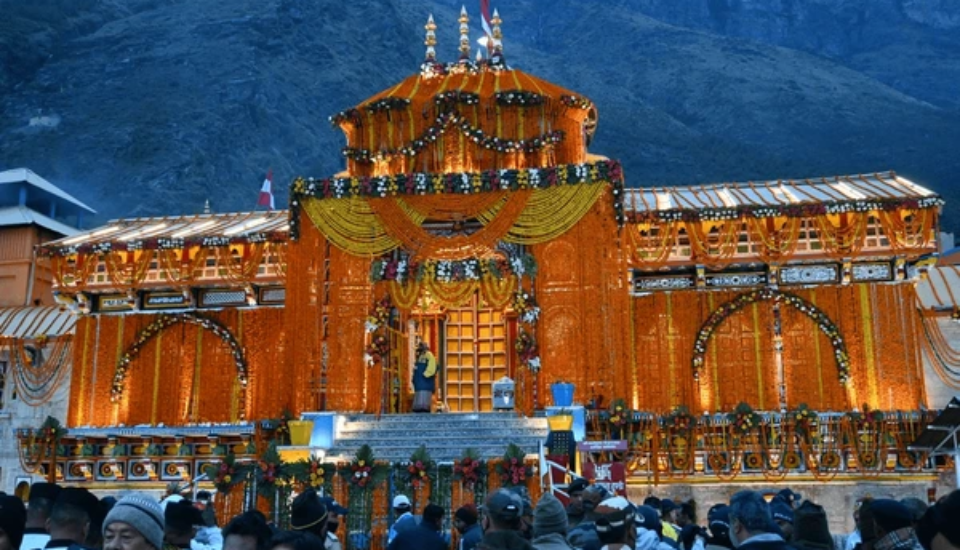
Mussoorie, often referred to as the “Queen of Hills,” is a charming hill station nestled in the foothills of the Garhwal Himalayan range in the northern Indian state of Uttarakhand. Located about 35 kilometers from Dehradun, the state capital, Mussoorie stands at an elevation of approximately 2,005 meters (6,578 feet) above sea level. The town offers breathtaking views of the Himalayan snow ranges to the northeast and the sprawling Doon Valley and Shiwalik ranges to the south.
Mussoorie is renowned for its pleasant climate, lush green hills, diverse flora and fauna, and its colonial architecture, all of which make it a favorite destination for tourists, honeymooners, and nature lovers. Some of its most popular attractions include Kempty Falls, Gun Hill, Lal Tibba, Camel’s Back Road, and the bustling Mall Road. The town is also the gateway to the sacred Yamunotri and Gangotri shrines, making it an important stopover for pilgrims.
Historical and Cultural Significance
Mussoorie’s history dates back to the early 19th century during the British colonial era. It was established as a hill station in 1825 by Captain Frederick Young and FJ Shore, who were impressed by the area’s natural beauty and potential as a summer retreat. Soon after, Mussoorie became a favored destination for British officials and soldiers seeking respite from the heat of the Indian plains.
Over time, Mussoorie developed a distinct colonial charm, visible in its old churches, schools, cemeteries, and quaint houses. Notable institutions such as the prestigious Woodstock School and the historic Landour area reflect the town’s rich educational and military heritage.
Culturally, Mussoorie has been a melting pot of influences. The Gorkhas, Tibetans, and native Garhwalis contribute to its vibrant and diverse cultural tapestry. Every year, the town hosts various festivals such as the Mussoorie Winterline Carnival, which celebrates local music, dance, and food, drawing visitors from across the country.
The town has also been home to famous literary figures like Ruskin Bond, whose writings vividly capture the spirit of Mussoorie and its surroundings.
Spiritual Hub
Beyond its natural beauty and colonial legacy, Mussoorie holds significant spiritual importance. The serene environment and proximity to major pilgrimage routes make it a tranquil retreat for seekers of peace and spirituality.
The area is dotted with several temples and spiritual centers. Notable among these is the Nag Devta Temple, dedicated to the Snake God, offering panoramic views of the valley and a place for quiet meditation. The Jwala Devi Temple, perched atop Benog Hill, is another sacred site, attracting devotees seeking blessings from the goddess.
Landour, a nearby cantonment area, houses the Kellogg Memorial Church and St. Paul’s Church, offering spaces for quiet reflection and spiritual gatherings. The Tibetan Buddhist Temple, located near Happy Valley, provides a glimpse into Buddhist spirituality with its vibrant prayer flags and peaceful ambiance.
Moreover, Mussoorie’s close proximity to Rishikesh and Haridwar — two of India’s most prominent spiritual centers — adds to its reputation as a gateway to spiritual journeys. Whether through yoga, meditation retreats, or simply finding solace in nature, Mussoorie offers a nurturing space for spiritual growth and rejuvenation.
Nestled in the foothills of the Garhwal Himalayan range in Uttarakhand, India, Mussoorie is a picturesque hill station with a rich and fascinating history. Often referred to as the “Queen of the Hills,” Mussoorie has evolved from a quiet forested ridge into one of India’s most beloved travel destinations.
Before Mussoorie became popular among settlers and tourists, it was primarily inhabited by local Garhwali people. The region’s dense forests were rich with oak, rhododendron, deodar, and pine trees. The area’s natural beauty and cool climate made it an ideal retreat, although it remained largely undiscovered by the outside world until the early 19th century.
The name “Mussoorie” is believed to have been derived from the Mansoor shrub (Cororima), which grew abundantly in the region. Locals referred to the area as “Mansoori,” which over time evolved into Mussoorie.
Mussoorie’s history as a popular hill station began in 1823 when Captain Frederick Young, a British army officer, along with F.J. Shore, a civilian officer, climbed up the hill from the Doon Valley and were struck by its breathtaking views and pleasant climate. Recognizing its potential, Captain Young built a shooting lodge on Camel’s Back Road and later developed the area into a summer retreat.
Soon, Mussoorie attracted many British officers and their families seeking to escape the intense summer heat of the Indian plains. The town developed rapidly, with the construction of roads, churches, schools, hotels, and summer homes. By the mid-19th century, Mussoorie had become a fashionable destination for British elites.
In 1832, Mussoorie was the site of an important event in Indian history: the first residence of Sir John Lawrence (later Viceroy of India) and his brothers. Their presence gave the town significant prominence in colonial administration.
Another historical note is that in 1836, Mussoorie played a small role in the Great Trigonometric Survey of India, which mapped the vast subcontinent. The area’s location provided an ideal point for observations and triangulations.
During the British period, Mussoorie became a center of education for European children. Several prestigious schools, such as Woodstock School (established in 1854) and the Convent of Jesus and Mary (established in 1845), were founded. These institutions continue to exist today and have played an important role in shaping the educational landscape of the region.
Mussoorie also became a cultural hub. It was a place where writers, scholars, and intellectuals gathered. The famous author Ruskin Bond, who has lived in Mussoorie for decades, has written extensively about the town’s charm and its changing face through the years.
Mussoorie witnessed several movements during India’s struggle for independence. Mahatma Gandhi visited Mussoorie in 1929 and 1936. In 1947, after India gained independence, many British residents left Mussoorie, but the town remained a popular retreat for Indians.
The Dalai Lama also briefly stayed in Mussoorie after his escape from Tibet in 1959 before establishing a government-in-exile in Dharamshala. The Tibetan School for children was founded here in Happy Valley, which today is a vibrant Tibetan settlement.
After independence, Mussoorie transitioned into a sought-after tourist destination. It retained much of its colonial-era charm, with old churches, libraries, hotels, and bungalows still standing amid modern developments.
Today, Mussoorie is famous for attractions like the Mall Road, Gun Hill, Kempty Falls, Lal Tibba, and the surrounding natural beauty. It remains a favorite among honeymooners, families, writers, photographers, and nature lovers. Despite modernization, parts of Mussoorie still whisper tales of its glorious past, from colonial-era architecture to century-old schools and churches.
Mussoorie, often referred to as the “Queen of Hills,” is a popular hill station located in the Indian state of Uttarakhand. Its elevation (approximately 1,880 meters or 6,170 feet above sea level) and scenic beauty make it a favorite among tourists year-round. The town experiences a temperate climate, with distinct seasons, which contributes to its charm. Below is a detailed breakdown of the weather and climate throughout the year:
How to Reach Mussoorie: Your Complete Travel Guide
Mussoorie, often referred to as the “Queen of the Hills,” is a popular hill station located in the state of Uttarakhand, India. It is known for its scenic beauty, pleasant weather, and proximity to Dehradun. Here is a complete guide on how to reach Mussoorie by different modes of transport:
The nearest airport to Mussoorie is Jolly Grant Airport (Dehradun Airport), located about 60 kilometers from Mussoorie. It is well-connected to major cities like Delhi, Mumbai, and other important destinations in India.
The nearest railway station to Mussoorie is Dehradun Railway Station, which is approximately 34 kilometers away from Mussoorie.
Mussoorie is well-connected by road to major cities like Delhi, Dehradun, and Haridwar. The hill station lies on the Dehradun-Mussoorie Road, which is a scenic route that offers a beautiful journey.
Mussoorie is accessible by bus from several cities in North India, especially from Dehradun, Delhi, Haridwar, and Rishikesh.
Mussoorie, often referred to as the “Queen of Hills,” is not only known for its scenic beauty but also for its spiritual significance. The hill station is home to several temples where devotees can offer various pujas (religious rituals) and seek blessings. The spiritual practices in Mussoorie are influenced by Hindu traditions, and many temples in the area offer pujas throughout the year. Here’s a comprehensive guide to the pujas offered in Mussoorie:
Significance: Located in the serene and picturesque town of Dhanaulti, this temple is a place for quiet worship and is often less crowded, providing a peaceful environment for devotion.
Mussoorie, often called the “Queen of the Hills,” is not just famous for its scenic beauty, colonial charm, and serene environment, but also for its vibrant festivals. These celebrations reflect the rich cultural heritage of Uttarakhand and offer a unique experience to visitors. From local fairs to grand religious events, festivals in Mussoorie bring color, joy, and a spirit of community to this beautiful hill station.
When: January/February
About:
Basant Panchami marks the arrival of spring and is dedicated to Goddess Saraswati, the deity of wisdom and learning. In Mussoorie, local schools and temples hold special prayers and cultural programs. People wear yellow, prepare festive foods, and fly kites to celebrate the season’s change.
When: March
About:
The festival of colors, Holi, is celebrated with much enthusiasm in Mussoorie. Locals and tourists come together to smear each other with colored powders, sing traditional songs, and dance to drum beats. Some hotels and resorts also organize special Holi parties with bonfires and local delicacies.
When: May/June
About:
Organized by the Mussoorie Dehradun Development Authority (MDDA), the Summer Festival is one of the major highlights. It includes cultural performances, folk dances, music concerts, magic shows, food stalls, and handicraft exhibitions. The event aims to promote local talent and tourism and is a lively affair that draws large crowds.
When: May/June
About:
Though primarily celebrated in nearby Haridwar, Ganga Dussehra is also significant in Mussoorie due to its religious influence. Devotees take ritual baths in sacred rivers like the Yamuna nearby and participate in prayers and processions, celebrating the descent of the holy river Ganga from heaven to earth.
When: July/August
About:
Teej is a monsoon festival celebrated mainly by women who pray for marital bliss and the well-being of their families. Women dress in green, wear bangles, apply henna on their hands, and gather to sing and dance. While it’s celebrated more prominently in plains like Dehradun, Teej festivities can be felt in the Mussoorie region too.
When: August 15
About:
Mussoorie, having a strong colonial history, celebrates India’s Independence Day with pride. Schools and colleges hold parades, flag hoisting ceremonies, and cultural programs. Locals and visitors participate in patriotic festivities, and the town is beautifully decorated with lights and flags.
When: March (dates vary)
About:
This is a significant Sikh religious festival celebrated in the nearby city of Dehradun but draws attendees from Mussoorie as well. It marks the anniversary of Guru Ram Rai’s arrival in Dehradun in the 17th century. A large flag (jhanda) is hoisted at the Guru Ram Rai Darbar Sahib, and devotees participate in religious processions and fairs.
When: October/November
About:
The festival of lights, Diwali, is celebrated with great splendor in Mussoorie. The whole town sparkles with lamps, fairy lights, and fireworks. Markets and homes are decorated, sweets are distributed, and special prayers (pujas) are held. Some hotels offer Diwali packages with festive dinners and events.
When: December
About:
Given its colonial heritage, Mussoorie celebrates Christmas with much zeal. Churches like Christ Church are beautifully decorated, and special midnight masses are held. The Mall Road and Landour turn festive with lights, carol singing, and Christmas markets. New Year’s Eve in Mussoorie is lively, with parties, music events, and fireworks, drawing tourists from all over India.
Local Flavors: Festivals often come with local Pahadi foods, crafts, and traditional performances, offering a deeper insight into the culture.
Mussoorie, often referred to as the “Queen of the Hills,” is a charming hill station located in Uttarakhand, India. It attracts tourists from around the world with its cool climate, scenic beauty, colonial charm, and vibrant culture. To cater to the needs of its visitors and residents, Mussoorie is equipped with a wide range of modern facilities. Here’s a comprehensive overview:
Mussoorie offers accommodation options for every budget:
Mussoorie is known for prestigious educational institutions:
Mussoorie, often referred to as the “Queen of the Hills,” is a charming hill station located in the Indian state of Uttarakhand. Nestled at an altitude of about 2,005 meters (6,578 feet) above sea level, Mussoorie offers breathtaking views of the Himalayan ranges and the Doon Valley. Its pleasant climate, lush greenery, colonial architecture, and diverse attractions make it one of the most popular tourist destinations in India. Here’s a detailed look at some of the top attractions in Mussoorie:
The heart of Mussoorie, The Mall Road is bustling with shops, cafes, and restaurants. It offers a delightful experience for those who love shopping, dining, or simply taking a leisurely stroll while soaking in the scenic beauty of the hills. Colonial-style street lamps, benches, and the vibrant atmosphere add to its charm.
Located about 15 kilometers from Mussoorie, Kempty Falls is one of the most famous waterfalls in the region. Cascading from a height of 40 feet, it forms a natural pool where visitors can enjoy a refreshing dip. It’s an ideal spot for picnics and photography.
Gun Hill is the second-highest peak in Mussoorie and offers panoramic views of the surrounding Himalayan ranges and the town below. You can reach Gun Hill by taking a ropeway ride or trekking up. The site gets its name from the pre-independence days when a gun was fired from the hill to signal midday.
At an elevation of 2,275 meters, Lal Tibba is the highest point in Mussoorie. It is a quiet, less-commercialized spot known for its old-world charm and mesmerizing sunrise and sunset views. A telescope installed at the location allows visitors to get a closer look at the snow-capped Himalayan peaks.
Perfect for families and nature lovers, the Company Garden (also known as Municipal Garden) is a beautifully maintained park featuring colorful flower beds, an artificial lake with boating facilities, a mini amusement park, and a small wax museum.
Named after a natural rock formation resembling a camel’s hump, Camel’s Back Road is a 3-kilometer stretch ideal for morning walks, horseback rides, and enjoying peaceful views of the sunset. The road offers picturesque vistas of the surrounding mountains.
Located about 6 kilometers before Mussoorie on the Dehradun-Mussoorie road, Mussoorie Lake is an artificial lake where visitors can enjoy paddle boating. The lake is a serene spot surrounded by scenic landscapes and is ideal for picnics.
About 6 kilometers west of the main Mussoorie town, Cloud’s End marks the geographical end of Mussoorie. Surrounded by thick oak and deodar forests, it is a great place for nature walks and offers a peaceful retreat from the bustling town center.
This historical site was the home and laboratory of Sir George Everest, the British surveyor-general after whom Mount Everest is named. The house offers spectacular views of the Doon Valley on one side and the Aglar River Valley on the other.
Located around 7 kilometers from Mussoorie, Jharipani Falls is a scenic waterfall surrounded by beautiful landscapes and flora. It’s less crowded, making it ideal for those who love offbeat spots and a bit of trekking.
A part of the famous Rajaji National Park, the Benog Wildlife Sanctuary is a haven for bird watchers and wildlife enthusiasts. It is home to rare species like the mountain quail and provides excellent hiking opportunities.
Located near the main library at the end of Mall Road, Library Bazaar is a vibrant market area filled with shops selling woolens, handicrafts, books, and souvenirs. It’s a great place to experience local culture and flavors.
Recently developed, this park enhances the experience of visiting the George Everest area, providing better pathways, viewpoints, and amenities for tourists.
This peaceful Buddhist temple, located near the IAS Academy, offers a spiritual escape. With colorful prayer flags, stunning architecture, and peaceful surroundings, it’s an excellent spot for meditation and relaxation.
Known as the “Queen of the Hills,” Mussoorie is a charming hill station nestled in the foothills of the Garhwal Himalayan range in Uttarakhand, India. Whether you’re visiting for the lush greenery, colonial architecture, or breathtaking mountain views, a little planning can make your trip even more memorable. Here are 10 essential travel tips for visiting Mussoorie:
1. Pick the Right Time to Visit
The best time to visit Mussoorie is between March and June for pleasant weather, or September to November if you prefer fewer crowds and clearer skies. Avoid the monsoon season (July-August) as heavy rains can cause landslides and roadblocks.
2. Pack Smart for the Weather
Even in summer, evenings in Mussoorie can get chilly. Pack light woolens, a raincoat or umbrella, and comfortable walking shoes. In winter (December-February), be prepared for cold temperatures and occasional snowfall by carrying heavy woolens.
3. Book Accommodation Early
Mussoorie is a popular tourist spot, especially during peak seasons and long weekends. Reserve your hotel or guesthouse well in advance to get good rates and preferred locations, preferably near Mall Road or Library Chowk for easy access to attractions.
4. Plan Local Transport Ahead
While parts of Mussoorie are walkable, local taxis are available for sightseeing. Negotiate fares in advance or ask your hotel for trusted taxi services. Renting a two-wheeler is also a fun option for exploring nearby areas.
5. Explore Beyond Mall Road
While Mall Road is iconic, don’t miss exploring Landour, Camel’s Back Road, Company Garden, Lal Tibba, and Cloud’s End. These spots offer a more peaceful experience and spectacular views away from the tourist crowds.
6. Stay Hydrated and Eat Wisely
High altitudes can dehydrate you faster. Drink plenty of water and opt for light meals, especially when doing a lot of walking. Enjoy local delicacies like momoz (dumplings), chowmein, and sweet treats from Landour Bakehouse and Char Dukan.
7. Respect Nature and Local Culture
Mussoorie’s beauty lies in its pristine environment. Avoid littering, use eco-friendly products, and respect local customs. Polite behavior and cultural sensitivity will always be appreciated.
8. Carry Basic Medicines
Keep a small kit with motion sickness tablets, painkillers, band-aids, and any personal medications you may need. Pharmacies are available, but having your essentials can be a real time-saver.
9. Be Prepared for Altitude Changes
At around 6,000 feet above sea level, you may initially feel slightly breathless. Take it easy the first day, especially if traveling with elderly family members or young kids.
10. Capture Memories, but Stay Mindful
Mussoorie’s scenic spots are picture-perfect, but sometimes, soaking in the view is even better than capturing it through a lens. Disconnect from your phone for a while and connect with nature to truly enjoy the magic of the hills.
Known as the “Queen of Hills,” Mussoorie is one of India’s most beloved hill stations, tucked away in the Garhwal Himalayas of Uttarakhand. Its misty air, scenic beauty, and old-world charm have attracted travelers, poets, and writers for centuries. Here are 10 fascinating facts about Mussoorie that will make you fall in love with it even more:
1. The Birth of Mussoorie
Mussoorie was officially established in 1825 when a British officer, Captain Frederick Young, and an official named FJ Shore, explored the area and built a shooting lodge. Its cool climate and natural beauty soon made it a popular summer retreat for the British.
2. A Name Inspired by Shrubs
The town’s name comes from the local shrub called “Mansoor” (Mansūr in Hindi), which grows abundantly in the region. Early settlers referred to the area as ‘Mansoori’, which eventually evolved into Mussoorie.
3. Home to the Legendary Ruskin Bond
Celebrated author Ruskin Bond, known for his stories inspired by the hills and small towns of India, has lived in Mussoorie for decades. His presence has added a literary aura to the town, and fans often spot him at Cambridge Book Depot on Mall Road.
4. The Gateway to the Himalayas
Mussoorie is often called the “Gateway to Yamunotri and Gangotri,” two of the sacred Char Dhams in Hinduism. Many pilgrims stop at Mussoorie before embarking on their spiritual journey into the high Himalayas.
5. The Iconic Mall Road
Mall Road, the heart of Mussoorie, still retains its colonial charm with vintage lampposts, old cafes, and shops. It was originally built for the British residents and continues to be the town’s main shopping and strolling area.
6. The Oldest Tibetan Temple in India
Mussoorie is home to the Shedup Choepelling Temple, considered one of the oldest Tibetan temples in India. It was established by the Dalai Lama and Tibetan refugees after they fled China in 1959. The temple is a peaceful place adorned with traditional Buddhist artwork.
7. Spectacular Waterfalls
Mussoorie boasts stunning waterfalls, with Kempty Falls being the most famous. First developed as a picnic spot by a British officer in the 1830s, it remains a popular attraction, along with others like Jharipani Falls and Bhatta Falls.
8. Haunted Tales of Mussoorie
Mussoorie has its share of ghost stories. The Lambi Dehar Mines are particularly notorious. Abandoned decades ago, this eerie site is associated with tales of hauntings and strange occurrences, attracting thrill-seekers and paranormal enthusiasts.
9. Winterline Phenomenon
Mussoorie is one of the few places in the world where you can witness the Winterline, a rare optical phenomenon where a false horizon appears during sunset, especially in the colder months. It creates a surreal layering of colors in the sky that looks almost magical.
10. A Blend of Cultures
Over the years, Mussoorie has developed a rich cultural blend of British, Tibetan, Garhwali, and Punjabi influences. This is reflected in its architecture, food, festivals, and daily life, giving it a truly cosmopolitan yet traditional feel.

